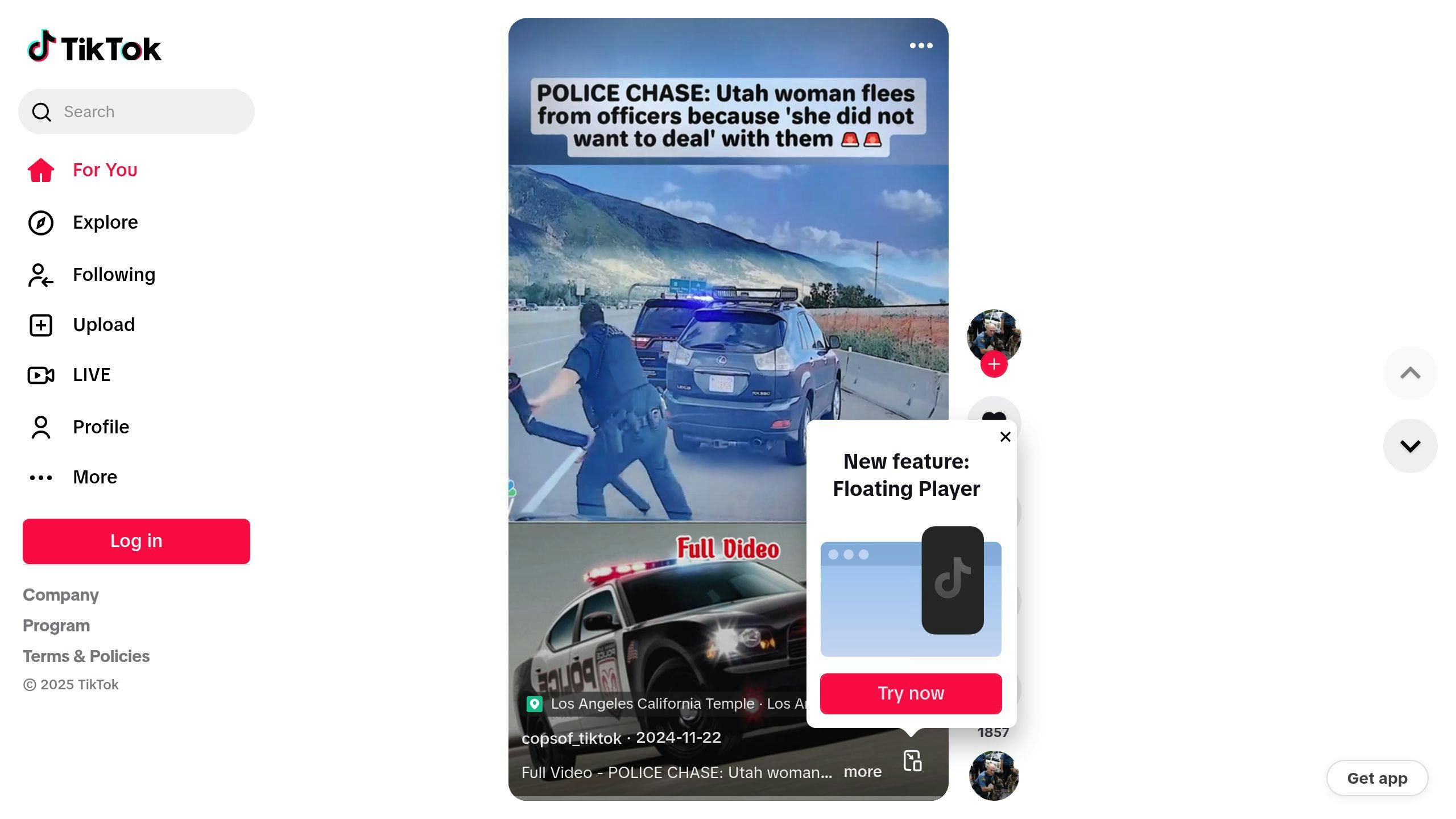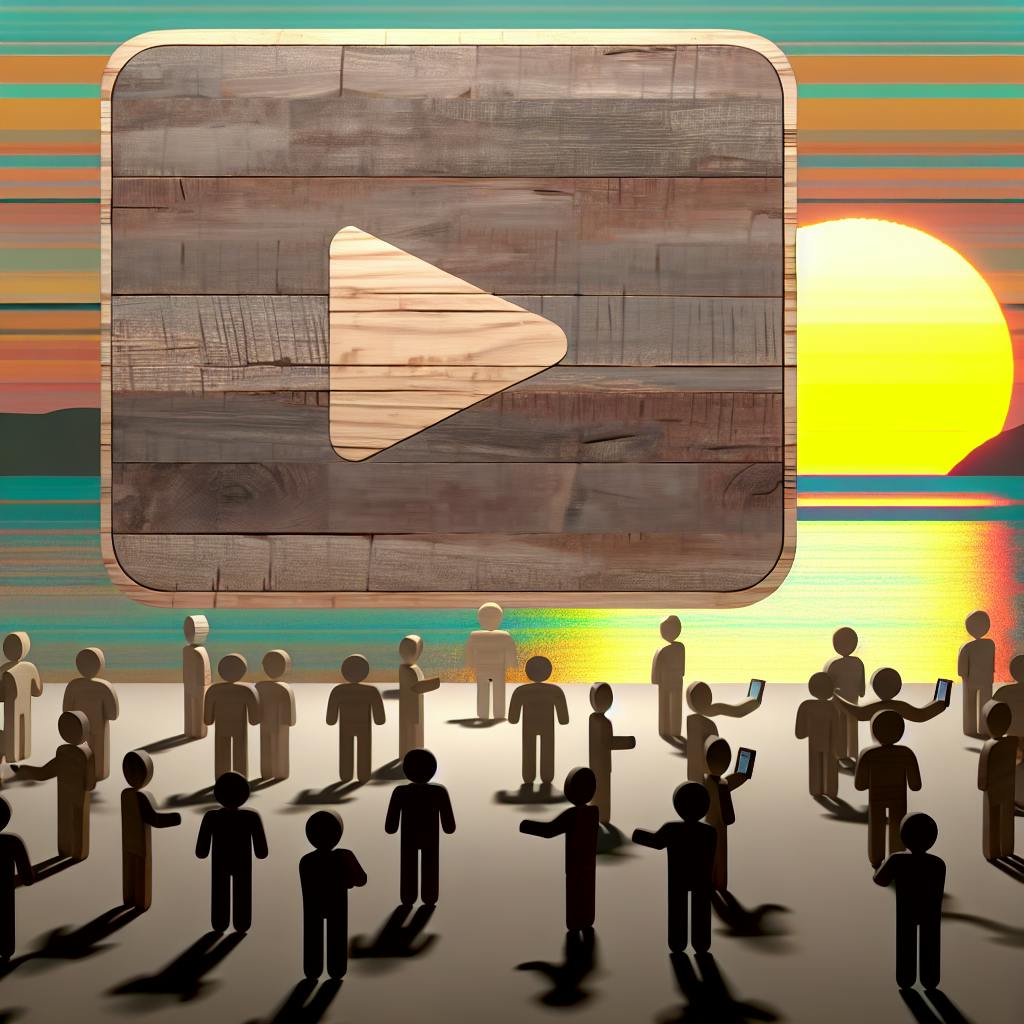TikTok faces a nationwide ban in the U.S. unless ByteDance sells its U.S. operations by January 19, 2025. This stems from concerns about national security and data privacy, with lawmakers fearing potential misuse of user data by the Chinese government. Here's what you need to know:
- Key Law: The Protecting Americans from Foreign Adversary Controlled Applications Act was signed in April 2024.
- Deadline: ByteDance must divest TikTok's U.S. operations by January 19, 2025.
- Supreme Court Ruling: The law was upheld in early 2025, but enforcement has faced delays.
- Impact on Creators: U.S. creators and businesses relying on TikTok face income loss and are shifting to platforms like Instagram Reels, YouTube Shorts, and TapeReal.
- National Security Concerns: TikTok’s data collection and content algorithms are seen as potential threats.
This legislation marks a significant shift in social media regulation, forcing creators and businesses to adapt quickly to new platforms and strategies.
Main Points of the TikTok Ban Bill

Security Risks and Government Concerns
The TikTok ban bill targets national security threats tied to ByteDance's control of U.S. user data. TikTok collects a massive amount of demographic and behavioral information, raising privacy and security alarms [1][4].
Senator Josh Hawley from Missouri explained:
"If you have TikTok on your phone currently, it can track your whereabouts, it can read your text messages, it can track your keystrokes. It has access to your phone records." [1]
Officials also warn that TikTok could manipulate user feeds, suppress opposing viewpoints, and influence the flow of information to Americans [1][4]. Beyond that, there's concern that the platform could spread false information, potentially affecting public opinion and national security [1].
For creators, these risks bring uncertainty about TikTok's future and their ability to rely on the platform for income. These issues have led to a series of legal and legislative actions, ultimately shaping the TikTok ban bill.
Key Events Before the Bill
Several major milestones highlight the tension between safeguarding national security and supporting the creator economy:
| Date | Event | Importance |
|---|---|---|
| April 2024 | Passage of the Protecting Americans from Foreign Adversary Controlled Applications Act | Provided the legal framework for forcing ByteDance to sell its U.S. assets |
| January 19, 2025 | Deadline for ByteDance sale | Marked the final date for completing the divestiture of U.S. operations |
| Early 2025 | Supreme Court decision | Affirmed the ban's legality, though enforcement faced temporary delays |
Cybersecurity experts, like Chad Mourning, have pointed out that the ban could lead to unintended consequences. For instance, users might try to bypass restrictions, which could leave them vulnerable to even greater security risks [4].
These events are crucial for understanding how the bill might affect both users and creators.
Effects on Users and Content Creators
Income and Business Impact
The TikTok ban is more than just a setback for creators - it also affects marketing agencies, merchandise sellers, affiliate marketers, and small businesses. For creators who depend on TikTok as their main source of income, the financial loss is significant. For instance, a creator earning $2,000 monthly could lose $24,000 annually [5].
The impact extends to various industries:
| Business Sector | Reported Impact |
|---|---|
| Marketing Agencies | Over 20% drop in revenue |
| Merchandise Sellers | Noticeable decline in sales |
| Affiliate Marketers | Fewer promotional opportunities |
| Small Businesses | Disrupted online marketing plans |
"If Congress is going to force the sale of a platform used by more than 170 million Americans to share and receive information - which generates billions of dollars in revenue for U.S. small businesses and creators - Americans deserve more than, 'Trust us!' and generalized national security warnings." [2]
With these challenges in mind, many creators are now looking for alternative platforms and strategies to maintain their income.
Other Ways to Make Money
Platforms like TapeReal are stepping up, offering monetization features such as premium memberships and exclusive content sales. To stay afloat, creators are embracing multi-platform approaches.
Many are shifting to Instagram Reels and YouTube Shorts while also focusing on direct revenue opportunities, including merchandise, affiliate marketing, and brand deals. To navigate this transition, creators are relying on analytics tools to monitor audience engagement and revenue trends across platforms, helping them refine their strategies.
This shift reflects the adaptability of the creator economy, even when faced with major disruptions like a TikTok ban.
Legal Battles and Rights Issues
TikTok's Court Challenge
In January 2025, the U.S. Supreme Court upheld the Protecting Americans from Foreign Adversary Controlled Applications Act. This ruling forces ByteDance to either sell TikTok's U.S. operations or face a complete ban in the country [6]. With over 170 million U.S. users relying on the platform, this decision presents significant hurdles for both TikTok and its parent company [1].
The law specifically targets apps linked to foreign adversaries, aiming to strengthen national security through tighter control over social media platforms [6]. While the court ruling supports this legislation, it has sparked heated discussions about constitutional rights and the limits of government power.
Free Speech Questions
The ban has stirred strong debates around constitutional freedoms and the extent of government authority. Critics, including Senator Rand Paul, have questioned the lack of concrete evidence backing the ban, arguing that the move leans heavily on accusations rather than proof [1]. This tension underscores the challenge of balancing national security with individual rights.
Experts also caution that users finding ways to bypass restrictions could introduce new security risks, making enforcement even more difficult [4]. TikTok, for its part, insists that U.S. user data has never been, and will never be, shared with the Chinese government [4]. This adds another layer to the debate: how far should government regulation of social media go without infringing on constitutional protections?
Senator Mark Warner pointed out the bipartisan nature of these concerns, noting:
"The irony in all of this is that Donald Trump was the first one to point out there's a problem" [1]
This shows how the TikTok ban cuts across party lines, focusing instead on deeper issues like national security and constitutional freedoms. These debates are not just theoretical - they directly impact creators and users who depend on TikTok and similar platforms for their livelihoods and communities.
sbb-itb-bc761f5
Moving Forward Without TikTok
Other Video Platforms
With TikTok's future in question, creators are turning to other platforms to protect their income and keep their audiences engaged. TapeReal offers a creator-focused approach with privacy-centric features and monetization options tailored to their needs. Meanwhile, Instagram Reels and YouTube Shorts have become popular alternatives, thanks to their large user bases and established revenue systems.
| Platform | Key Features | Monetization Options |
|---|---|---|
| TapeReal | Privacy-focused, exclusive content marketplace, community feeds | Content sales, premium memberships |
| YouTube Shorts | Integration with long-form content, vast global audience | Ad revenue sharing |
| Instagram Reels | Brand-friendly environment, cross-platform integration | Brand partnerships, creator fund |
| Clapper | Community-focused, algorithm transparency | Direct monetization through Clapper Fam |
Multi-Platform Content Strategy
The temporary suspension of TikTok operations on January 18, 2025, due to legal enforcement delays, highlighted the need for creators to diversify their platforms. Many successful creators are now tailoring their content to suit each platform's unique style while maintaining a consistent personal brand.
To make this shift, creators should customize their content for each platform, monitor performance with analytics tools, and interact with their audience through comments and messages. For example, creators like Charli D'Amelio and Addison Rae have successfully expanded across multiple platforms, ensuring steady engagement and income despite setbacks.
The Potential US TikTok Ban - and What's at Stake
Conclusion
The TikTok ban bill represents a major shift for social media in the U.S., driven by concerns over ByteDance's access to American user data. With more than 170 million monthly users in the U.S. [4], this legislation impacts not just individuals but the broader digital content landscape.
Legal challenges and uncertainty have created a tricky environment for creators and businesses, forcing them to balance security concerns with operational hurdles. Although the Supreme Court upheld the ban, questions around digital rights and content creation remain open.
Creators and businesses are finding ways to adapt. Privacy-focused platforms like TapeReal are gaining traction, while established options like Instagram Reels and YouTube Shorts offer fresh opportunities for monetization and audience growth. The ban has pushed creators and companies to rethink strategies, encouraging a move toward content approaches that don’t rely on a single platform [5].
In this changing digital space, creators who thrive are those who explore new platforms and build strong connections with their audiences across multiple channels. This moment highlights the need for flexibility and forward-thinking strategies for both creators and businesses.
FAQs
What caused the TikTok ban?
The TikTok ban stems from concerns about national security. Lawmakers worry that ByteDance, TikTok's parent company, could be required to share U.S. user data with the Chinese government. The app has been labeled a Foreign Adversary Controlled Application under the Protecting Americans from Foreign Adversary Controlled Applications Act. This legislation demands that ByteDance either sell its stake in TikTok or face a nationwide ban [6].
What will happen to TikTok influencers if TikTok is banned?
If TikTok is banned, influencers and content creators will need to shift their focus to other platforms. A study involving over 10,000 creators reveals that many are already transitioning to new platforms while still engaging their audiences effectively [3]. This shift offers creators a chance to expand their reach and maintain revenue streams by diversifying their online presence [5].
Established platforms are likely to gain from this migration, as creators adopt strategies that spread their content across multiple channels. This adaptability highlights the strength of the creator economy in handling disruptions like platform bans.
![Thumbnail for: How to Remote Control Android Phone Camera [2024]](https://mars-images.imgix.net/seobot/web.tapereal.com/66591766e56689fca65b8c03-33aa974d83b2ed4422c97467843b30af.png?auto=compress)


